Description
Ingredients
Table 1: Composition of Imatis Film Tablet 100 mg
| Active Ingredient | Quantity per Tablet | Primary Function |
|---|---|---|
| Imatinib | 100 mg | Targeted Cancer Treatment |
In addition to the active ingredient, Imatis boasts a blend of excipients that enhance its efficacy:
- Microcrystalline cellulose
- Hydroxypropyl methylcellulose
- Crospovidone
- Colloidal silicon dioxide
- Magnesium stearate
The tablet’s coating, Opadry II Orange (85F230022), contributes to its distinctive appearance and contains:
- Polyvinyl alcohol
- Polyethylene glycol (Macrogol)/PEG 3350
- Yellow iron oxide
- Talc
- Titanium dioxide
- Red iron oxide
Indications
Imatis is a beacon of hope for those grappling with various medical conditions, offering targeted treatment for:
- Chronic Myeloid Leukemia (CML): A formidable blood cancer that triggers an overproduction of white blood cells.
- Philadelphia Chromosome Positive Acute Lymphoblastic Leukemia (Ph+ ALL): Another blood cancer characterized by the production of abnormal white blood cells.
- Gastrointestinal Stromal Tumors (GIST): A type of cancer primarily affecting the stomach and intestines.
- Systemic Mastocytosis (SM): A condition marked by an excessive production of mast cells.
- Hypereosinophilic Syndrome (HES): A blood disorder characterized by the overproduction of eosinophils.
Imatis’s mechanism of action revolves around inhibiting the production of abnormal cells in these conditions, offering a glimmer of hope to patients.
Usage and Dosage
Imatis is a versatile ally in the battle against various medical conditions. The recommended dosage varies depending on the specific ailment:
Table 2: Recommended Dosage for Imatis
| Condition | Recommended Dosage |
|---|---|
| Dermatofibrosarcoma protuberans | 400 mg twice daily |
| Chronic Myeloid Leukemia (Chronic Phase) | 400 mg daily, may increase to 600 mg daily or 400 mg twice daily if needed |
| Chronic Myeloid Leukemia (Blast Crisis or Accelerated Phase) | 600 mg daily, may increase to 400 mg twice daily if needed |
| Mastocytosis | 400 mg daily |
Note: If your doctor has prescribed 800 mg of imatinib, it is advisable to take 2 of the 400-mg tablets, avoiding the consumption of 8 of the 100-mg tablets. This precaution is essential as the tablet coating contains iron, and excessive iron intake should be avoided.
Precautions
Ensuring the safe and effective utilization of Imatis requires meticulous attention to precautions:
- Administration with a Meal: Imatis should be taken with a meal accompanied by a large glass of water once or twice a day. Consistency in timing is crucial for optimal results.
- Tablet Handling: The tablets should be ingested whole, without chewing or crushing them. This ensures the controlled release of the active ingredient.
- Alternative Administration: For individuals who find swallowing tablets challenging, Imatis offers an alternative. All the required tablets for one dose can be placed in a glass of water or apple juice. Adequate liquid proportions are essential for proper tablet dissolution.
- Adherence to Medical Guidance: The dosage of Imatis may be adjusted by your healthcare provider during the course of treatment based on your response and side effects. It is imperative to continue the prescribed regimen, even if you feel well. Discontinuing Imatis without medical consultation should be avoided.
Side Effects
Imatis, while a formidable ally, comes with potential side effects. Awareness of these effects is crucial:
Table 3: Common Side Effects
| Side Effect | Frequency |
|---|---|
| Upset Stomach | Common |
| Nausea/Vomiting | Common |
| Diarrhea | Common |
| Headache | Common |
| Muscle/Joint Pain | Common |
| Muscle Cramps | Common |
| Dizziness | Common |
| Blurred Vision | Common |
| Drowsiness | Common |
It’s important to promptly inform your healthcare provider or pharmacist if any of these effects persist or worsen. While Imatis may pose certain risks, it is prescribed when the benefit outweighs the potential side effects. Close monitoring by your healthcare provider can mitigate risks.
The Science Behind Imatis
Imatis, also known as imatinib, operates on a precise scientific principle. It inhibits multiple tyrosine kinases, including CSF1R, ABL, c-KIT, FLT3, and PDGFR-β. These enzymes play a pivotal role in the signaling pathways governing cell growth and proliferation.
Specifically, Imatis binds near the ATP binding site of bcr-abl, a specific tyrosine kinase. This binding restricts the enzyme’s activity, leading to the inhibition of cancer cell growth and, in some cases, programmed cell death (apoptosis).
In summary, Imatis intervenes in the intricate web of cell signaling, curbing the growth of cancer cells through targeted enzyme inhibition.
Gastrointestinal Stromal Tumors (GISTs): An Insight
Table 4: Understanding Gastrointestinal Stromal Tumors (GISTs)
| GISTs Overview | Key Information |
|---|---|
| Origin | Digestive System (Primarily stomach and intestines) |
| Cellular Trigger | Interstitial Cells of Cajal (ICCs) |
| Common Symptoms | Abdominal pain, palpable abdominal growth, fatigue, nausea, vomiting, cramping pain after eating, reduced appetite, early satiety, dark-colored stools (due to bleeding in the digestive system) |
| Incidence | Most common in adults, rare in children |
| Causes | Mostly unknown; Some cases linked to genetic factors |
To diagnose GISTs, healthcare providers employ a range of assessments, including symptom evaluation and imaging tests such as ultrasound, CT, MRI, and PET scans.
Treatment typically involves surgical removal of the tumor. In some instances, targeted therapies and medications are employed to shrink the tumor before surgery or manage the disease post-surgery.
Conclusion
In conclusion, Imatis Film Tablet 100 mg embodies the convergence of science and compassion, offering respite to individuals battling a spectrum of medical conditions. Its precise mechanism, accompanied by diligent precautions and monitoring, empowers patients on their journey to recovery. Imatis is not merely a tablet; it’s a beacon of hope illuminating the path toward healing and a brighter future
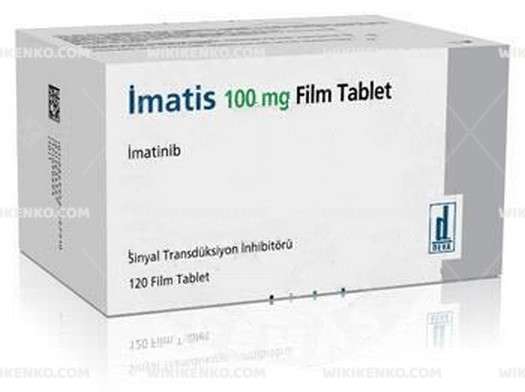
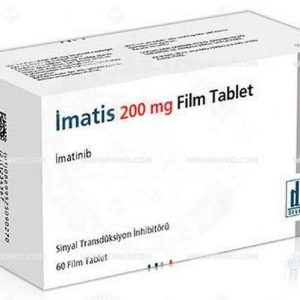
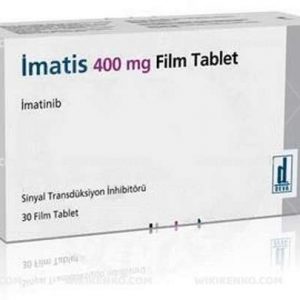
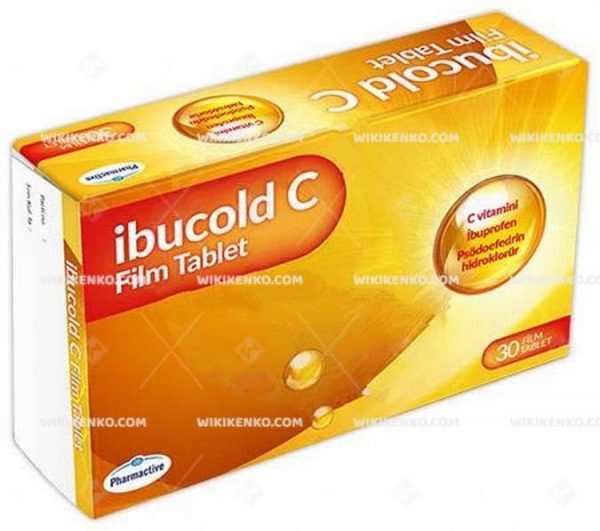

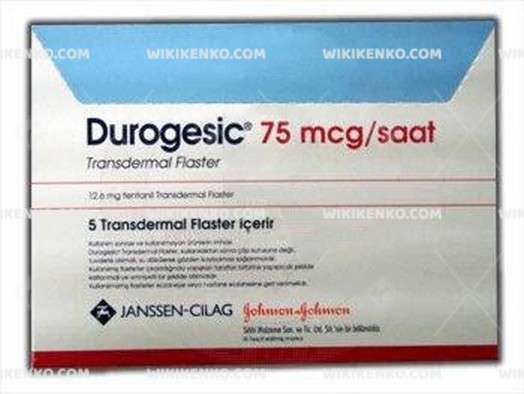








Reviews
There are no reviews yet.